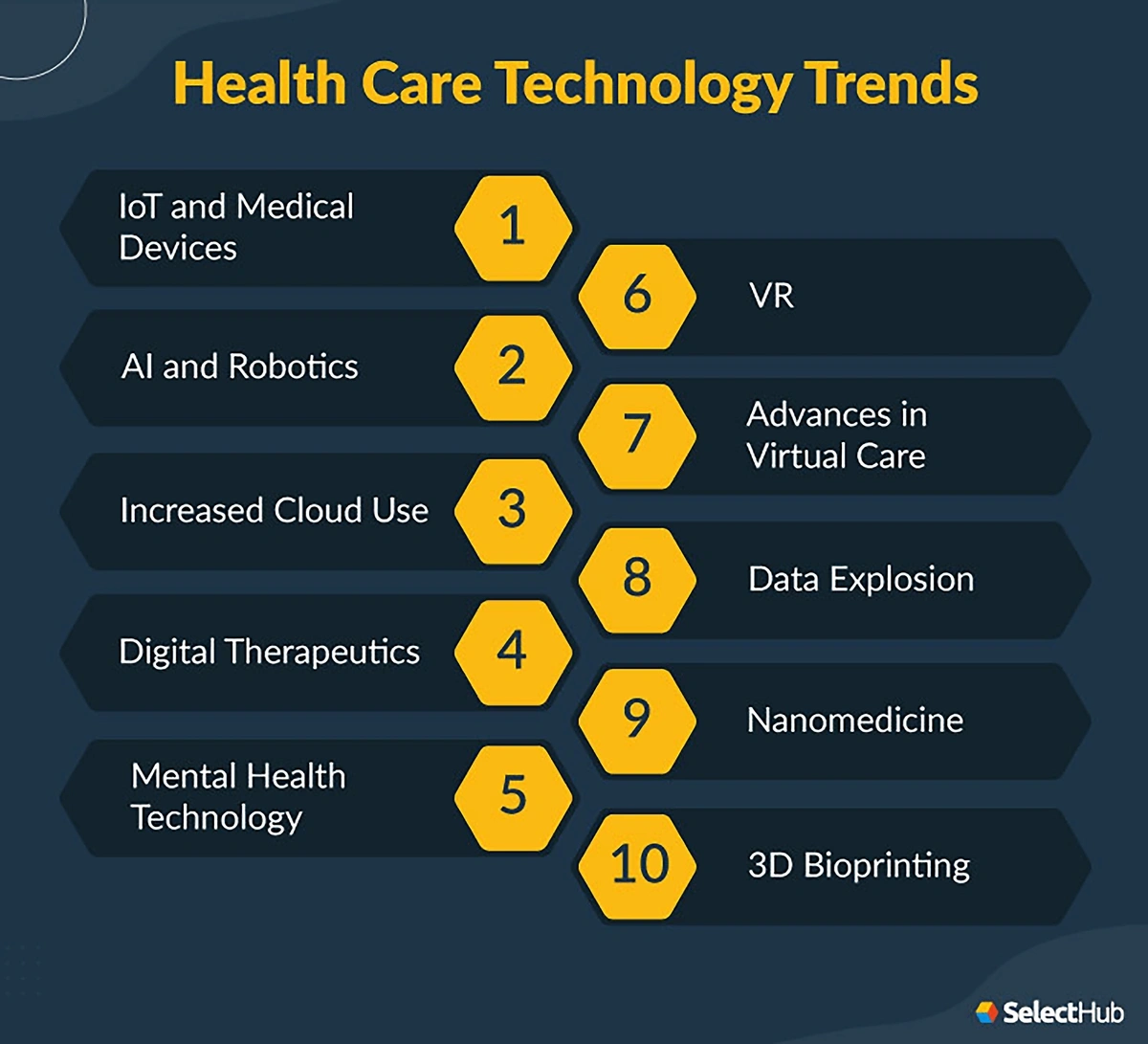Vertical software, an innovative technology that is reshaping industries across the board. From healthcare to finance, education to retail, its impact is profound and far-reaching. Imagine a tool specifically designed to cater to the unique needs of a particular industry or niche, streamlining processes, boosting efficiency, and driving growth.
Picture this – a hospital using specialized vertical software that not only manages patient records but also automates appointment scheduling, optimizes resource allocation, and improves overall patient care. The possibilities are endless!
In the world of finance, vertical software transforms how banks handle transactions, manage risk, and analyze market trends. It’s like having a personal assistant with expertise in financial operations working round the clock to ensure smooth operations.
Education is another sector benefiting greatly from vertical software. With tailored solutions for curriculum management, student performance tracking, and communication between educators and parents, learning institutions can deliver enhanced educational experiences.
Retailers are leveraging vertical software to enhance customer experiences through personalized marketing campaigns, inventory management systems that predict demand trends accurately, and seamless omnichannel sales platforms.
The real estate industry is witnessing a significant shift with specialized vertical software streamlining property management tasks such as lease administration, maintenance scheduling, and tenant communications.
“Vertical software is revolutionizing how businesses operate within specific industries by providing customized solutions that address sector-specific challenges,”
says tech expert Dr. Smith.
“It’s not just about adapting generic software anymore; it’s about harnessing the power of specialized tools tailored to your industry.”
As the use of vertical software continues to grow across various sectors globally,
businesses are reaping immense benefits in terms of efficiency gains,
cost savings,
and improved decision-making processes.
Moreover,
the ability to access real-time data insights specific to their industry empowers organizations to stay ahead of the curve in today’s competitive landscape.
“It’s fascinating to see how vertical software is evolving,”
notes industry analyst Jane Doe.
“With advancements in artificial intelligence and machine learning,
vertical solutions are becoming even more sophisticated,
anticipating user needs
and delivering actionable insights at lightning speed.”
Healthcare providers are experiencing a transformational change with specialized electronic health record (EHR) systems that not only digitize patient information but also offer predictive analytics for better diagnosis
and treatment planning.
This level of customization leads to improved patient outcomes
and operational efficiencies within medical facilities.
In conclusion,
the rise of vertical software marks a new era in technological advancement.
Its targeted approach towards addressing sector-specific requirements sets it apart from traditional horizontal solutions.
Whether it’s enhancing operational workflows,
improving customer experiences,
or driving innovation within organizations,
vertical software continues to pave the way for tailored digital transformation across diverse industries.






Leave feedback about this